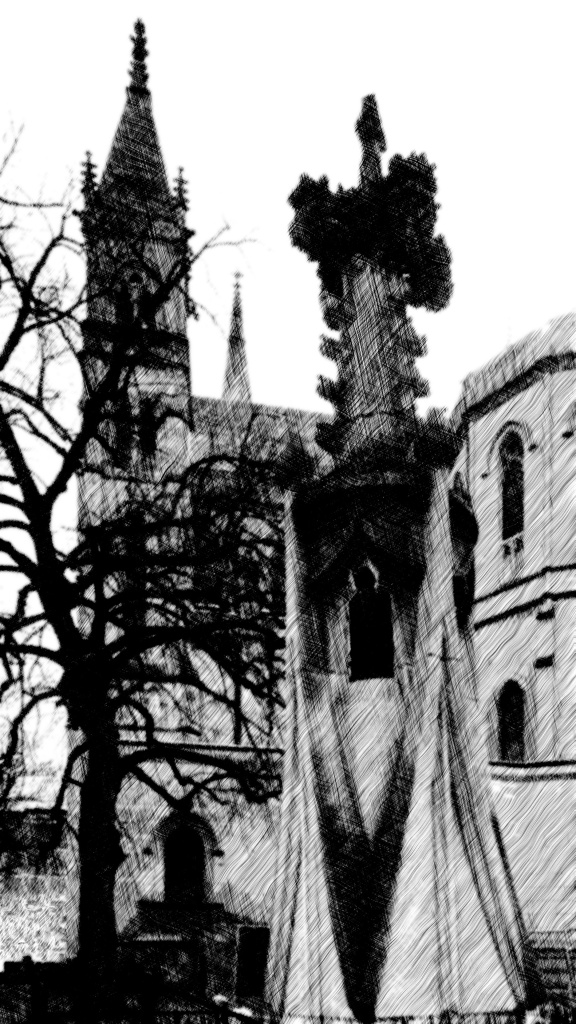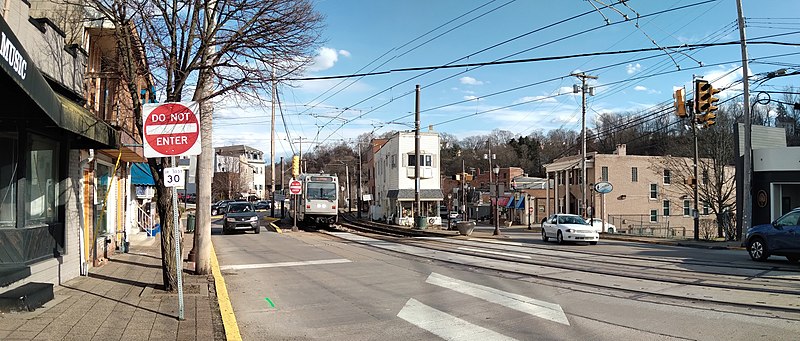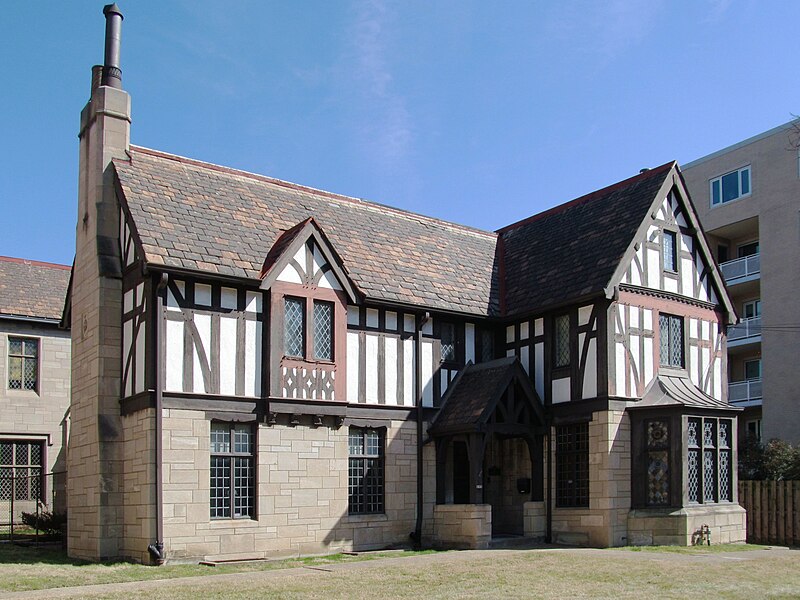
We’ve already seen this building from the side and rear. Here is most of it from the front, with the Boulevard of the Allies ramp and the low roofline of Chinatown in the foreground. From this angle we can see, if we know its history, how the building was put up in two stages: the original was eight storeys tall, and then five more storeys (counting the top storey, which has no windows on the front) were added a decade later. That accounts for the unorthodox stripe of ornament across the middle, which used to be the cap of the building. But the architects, MacClure and Spahr, did such a good job of extending the building that, without knowing its history, we would never have guessed that the top floors were added later.
Addendum: According to an article in the Engineering News for January 18, 1917, the addition was planned when the original building was put up, so MacClure & Spahr had to create a building that would look complete at two stages. That’s how you separate the pros from the amateurs in the architecture business.



















